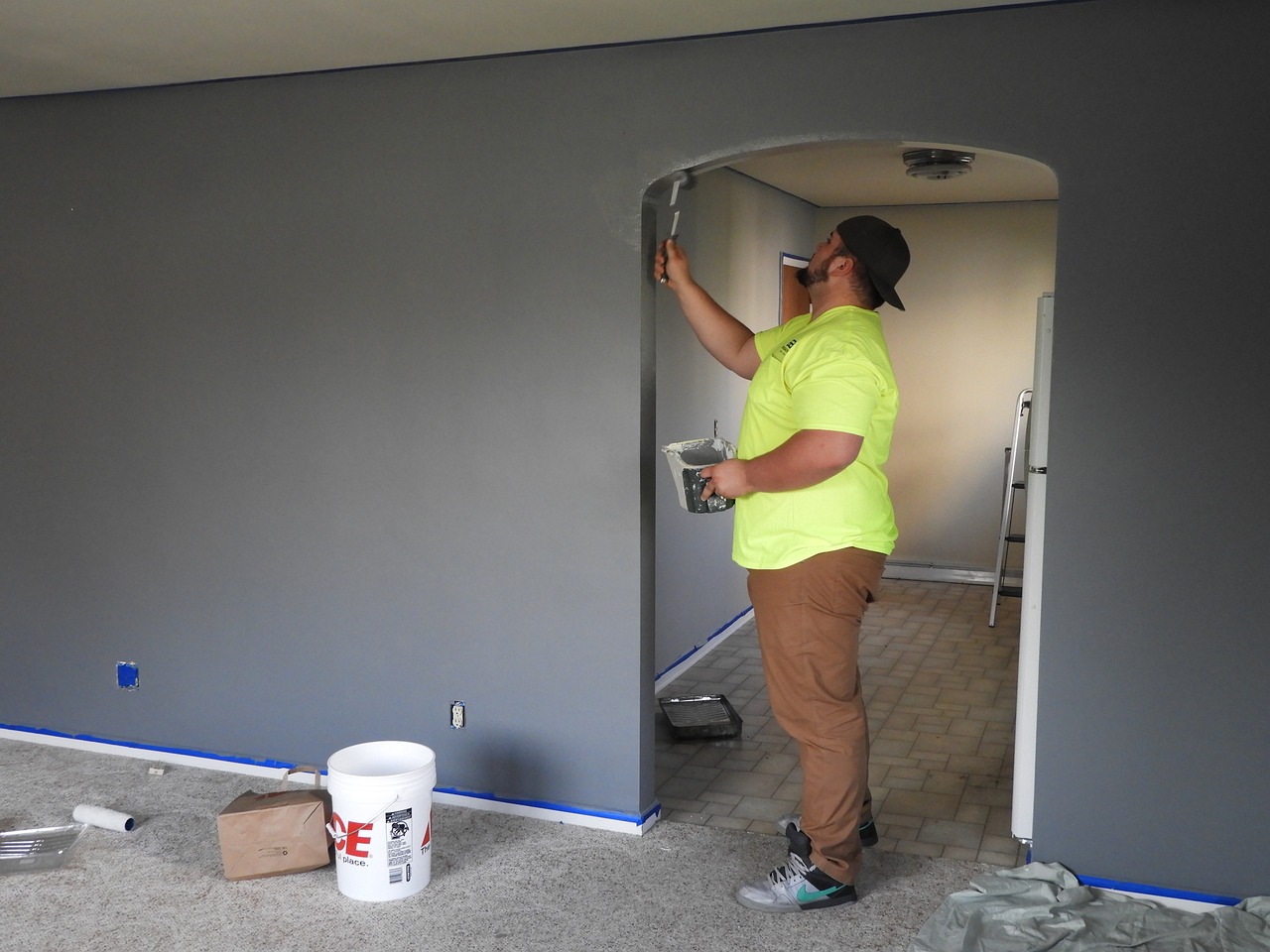Are you planning to make some major changes to your home but are worried about the financing? With the rising cost of materials and labor, financing a home improvement project can seem like a daunting task. However, with the right approach and planning, you can successfully fund your dream renovations without breaking the bank.
In this blog post, we will share practical tips on how to finance your home improvement project. We will discuss different financing options, budgeting techniques, and ways to save money on your renovation costs. Whether you are planning a small update or a major overhaul, these tips will help you make the most out of your budget and achieve the home of your dreams. Let's get started.
Set a Realistic Budget
Before you begin any home improvement project, it is crucial to set a realistic budget. This will help you determine the scope of your project and what changes are feasible within your financial means. Start by evaluating your current finances and determining how much you can comfortably afford to spend on the renovation.
Consider the type of improvements you want to make and research their average cost in your area. It's important to factor in unexpected expenses and leave some room for emergencies. By setting a budget beforehand, you can avoid overspending and have a clear idea of what you can accomplish with your resources.
Get a Home Improvement Loan
If you do not have enough savings to cover the cost of your home improvement project, a loan can be a viable option. There are various types of home improvement loans available, such as personal loans and home equity loans. These loans will provide you with the necessary funds to complete your project, and you can pay them back over time with interest.
Before taking out a loan, it's essential to research different lenders and compare their interest rates and terms. Make sure you understand the full cost and repayment schedule of the loan before signing any agreements. It's also important to only borrow what you need to avoid unnecessary debt.
Consider a Home Equity Loan or Line of Credit
Another option for financing your home renovation is by using the equity in your home. This can be done through a home equity loan or line of credit, where you borrow against the value of your property. These options typically have lower interest rates than personal loans and can provide you with a larger borrowing amount.
However, it's crucial to be cautious when using your home as collateral for a loan. If you are unable to make payments, you risk losing your home. It's also important to carefully consider the terms and interest rates of these loans before committing to them.
Utilize Government Programs and Incentives
There are several government programs and incentives available that can help finance your home improvement project. These programs vary by location, but they often offer low-interest loans, tax credits, and rebates for renovations that improve energy efficiency or accessibility.
Some examples of these programs include the Federal Housing Administration's Title 1 Property Improvement Loan Program and the Department of Energy's Weatherization Assistance Program. Research the options available in your area and see if you qualify for any of these programs. They can significantly reduce the cost of your home improvement project and make it more affordable.
Save Money on Materials and Labor Costs
One way to lower the overall cost of your renovation is by finding ways to save on materials and labor costs. Consider shopping around for the best deals on materials, and don't be afraid to negotiate prices with contractors. You can also try doing some of the work yourself or hire a handyman instead of a more expensive contractor.
Another tip is to purchase materials in bulk or take advantage of sales and discounts. Additionally, you can consider using recycled or refurbished materials, which can be cheaper and more sustainable. By being strategic and resourceful, you can save a significant amount of money on your home improvement project.
Prioritize Your Renovation Needs vs Wants

When planning a home renovation, it's essential to prioritize your needs over your wants. This means focusing on the necessary repairs and improvements that will add value and functionality to your home, rather than cosmetic changes.
Start by making a list of all the renovations you want to make and then categorize them into needs and wants. This will help you stay within your budget and avoid overspending on unnecessary upgrades. You can always save up for your "wants" in the future, but it's important to address your home's essential needs first. By prioritizing, you can ensure that your money is being used wisely and efficiently for your home improvement project.
Financing your home improvement project doesn't have to be overwhelming or unmanageable. By following these practical tips, you can successfully fund your renovations and create the home of your dreams without breaking the bank. Remember to set a realistic budget, consider different financing options, utilize government programs and incentives, save money on materials and labor costs, and prioritize your renovation needs over wants. With careful planning and resourcefulness, you can achieve your home improvement goals within your means.










